What’s Good for Community Dynamics is Good For Our Ranches
Community dynamics help give us a snapshot of our ranch management. They also inform how we can make Noble’s ranch land healthier and more profitable.
When taking stock of his management decisions for Noble Research Institute’s Coffey Ranch, manager Clark Roberts looks at more than livestock and forage production numbers. As a regenerative rancher, he views the ranch as a community in which all living things affect the overall health of the land and, in turn, how well it supports plants and animals above and below ground.
The formal name for this ecosystem process he describes is “community dynamics” – the changes over time to the community structure and composition on the ranch. Roberts sums it up as “the land’s biodiversity.”
Here are examples of how community dynamics help inform his ranch management decisions along with concepts to consider for resilient and profitable communities that can support any ranching and land management goals.
“Pay attention to community dynamics. The dynamics of your community on your ranch can tell us whether your management is moving you in the right direction,” Roberts says.
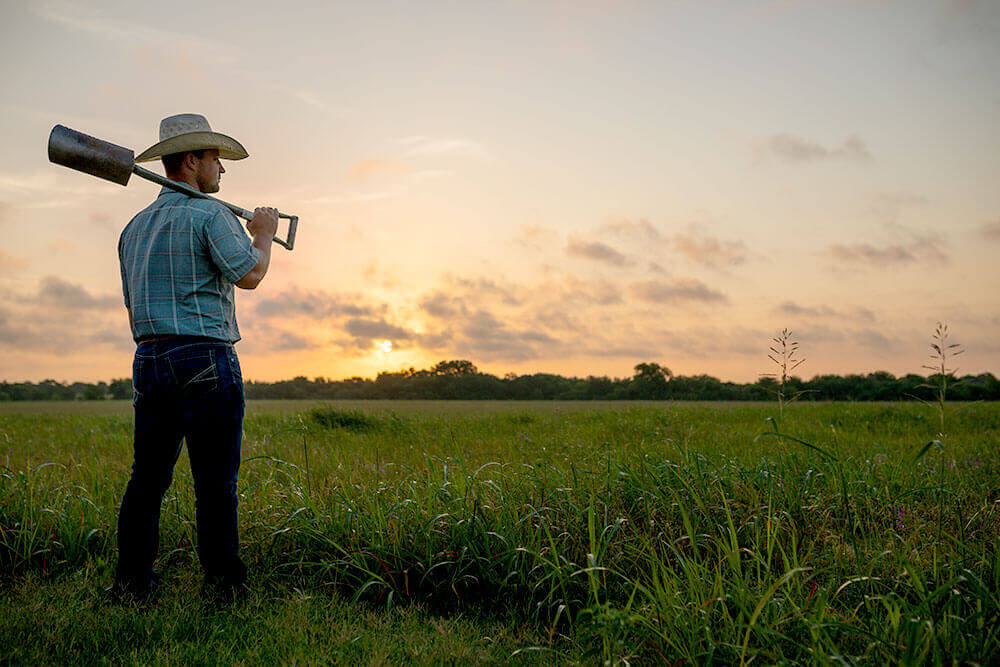
Landowners should encourage robust and diverse community dynamics, he says. A healthy community dynamics system ensures microbes, plants and animals can all work together and form symbiotic relationships. The more living creatures living together on the land, often the healthier that land will be.
“Increasing your plant biodiversity can also allow you to increase your animal biodiversity, such as pollinators, bird species and other wildlife species,” he says. “And just ecologically speaking, those diverse systems are what these ecosystems have evolved with, and they are necessary to keep it healthy. Each plant has its own, individual role in helping keep the ecosystem healthy, so increasing plant diversity helps you to increase the ecological functionality of your property — making it more resilient to stresses, such as drought.”
This is because land that is home to many plant species rather than a simple monoculture will have some plants that are hardier in drier weather than others. Growing a variety of plant species and root systems makes better use of water and nutrients in the soil.
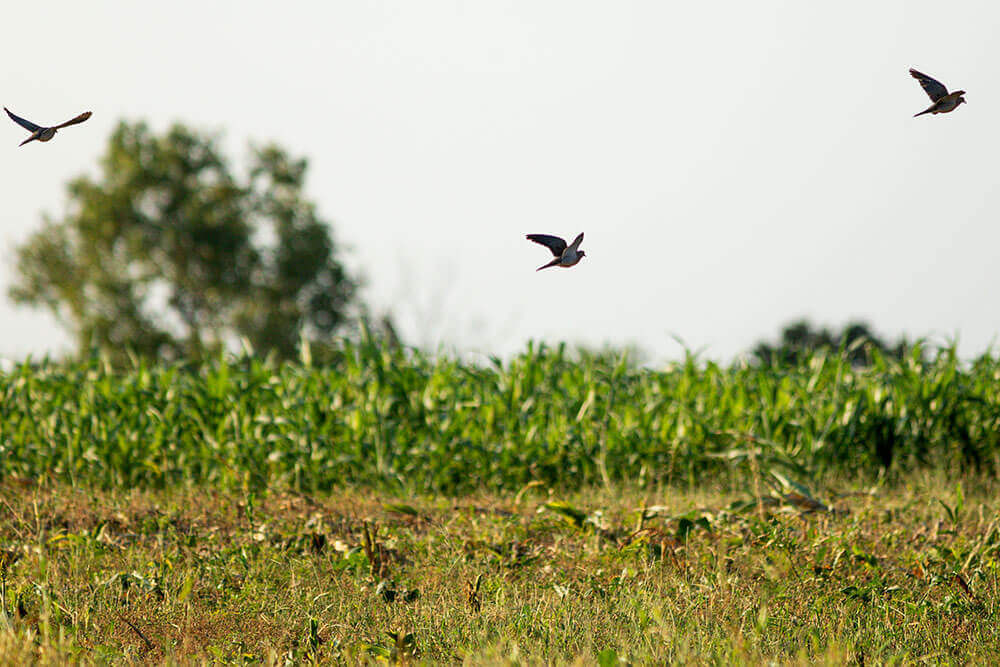
Community dynamics are diverse and varied
Community dynamics systems can be as diverse as the living things that make them. According to Roberts, community dynamics can differ notably from one ranch to another and even from one pasture to another. These living systems and communities of organisms are affected by soil types and terrain, in addition to man-made interventions and management decisions.
The diverse nature of community dynamics is a good thing to embrace, he says. Observing and working with the community dynamics of a ranch can help ranchers make more profitable management decisions. For example, if one pasture contains a larger population of woody or shrubby plants, introducing goats to browse that parcel rather than trying to graze cattle takes advantage of the existing community dynamics while also helping manage the brush.
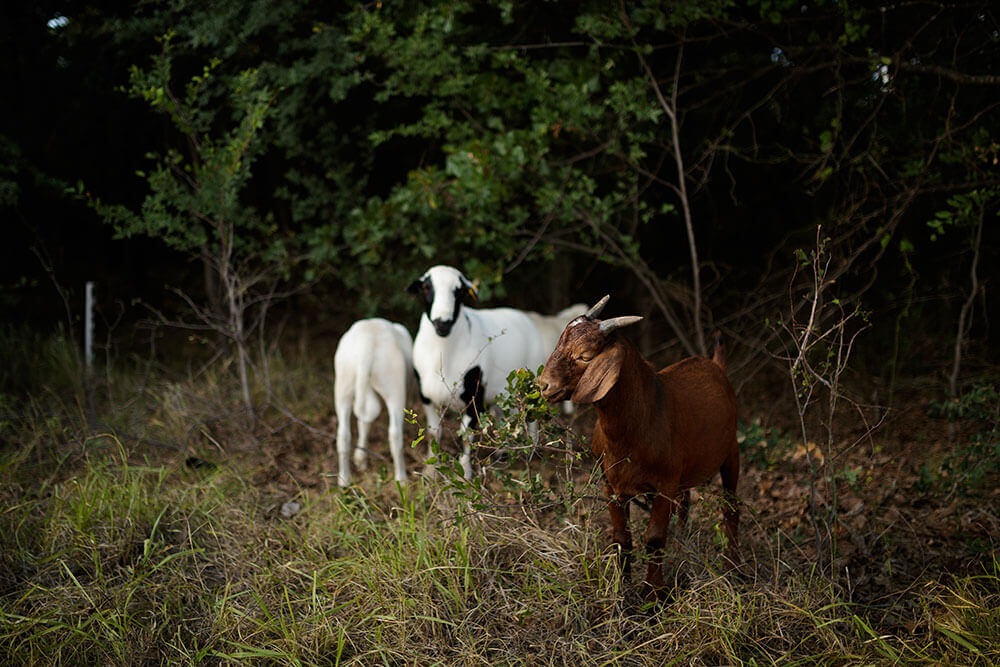
No one goal fits all, for all time
As in the example above, goals for improving community dynamics on your ranch may differ from pasture to pasture, season to season, year to year. Community dynamics by definition are unique and ever-changing. Aspire to recognize your land’s current community dynamics and then manage the land in a way that encourages a healthy community overall. Set and work toward your ranch goals, whether they are reducing brush, diversifying pastures, or providing their cow-calf pairs with nutritious forages, with the entire community in mind — not just the livestock.
“Although we’re running livestock, we must have that wildlife component,” Roberts says. “And when I say wildlife, I do not just mean large animals. We’re talking about the microbes, mycorrhizal fungi and bacteria in your soils; earthworms and other soil-dwelling organisms. Insects, pollinators, birds, large and small mammals also play a key role.
“If all we’re focused on is our cattle or other livestock, then we’re going to forget about the land and managing the ecology. And when you do that, you’re going to start eliminating a lot of your native wildlife species that are essential to the land’s overall health.”
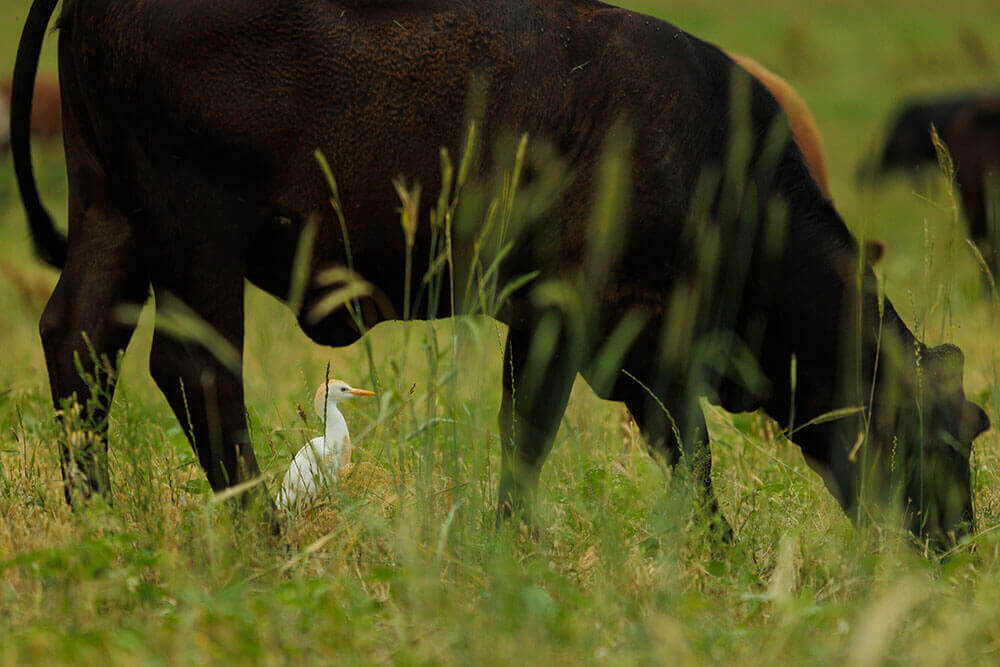
Community dynamics go hand-in-hand with natural processes
The plant succession cycle is a significant component of community dynamics. In our context in the southern Great Plains, the succession cycle is the gradual change of plant species from annual grasses and forbs to higher-succession plants, such as perennial warm season grasses and forbs, shrubs and trees.
The preferred plant succession stage for a ranch depends on the type of operation, management goals and the nature of the land itself. For example, cattle do not consume and use late-succession plants such as shrubs and trees as well as goats and other species can.
Many management tools can slow down or speed up plant succession. Understanding which management tools move succession forward, backward or maintain the status quo on your ranch is crucial.
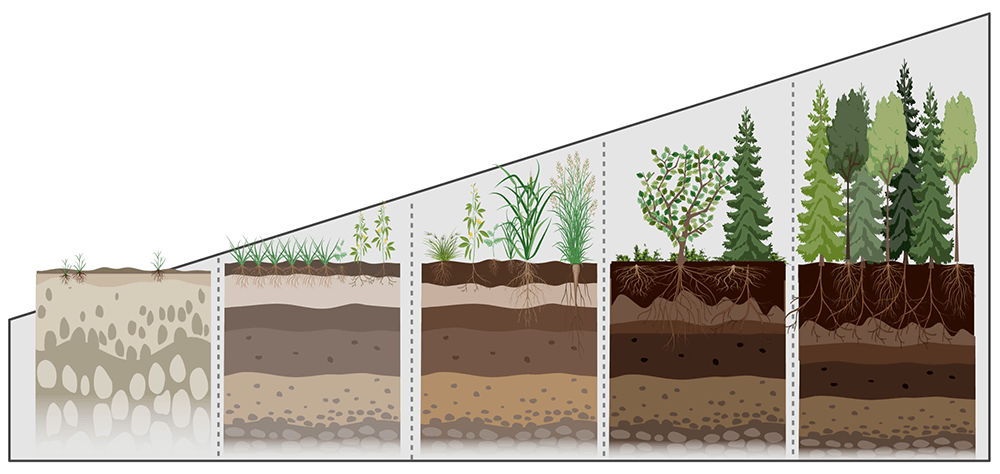
Read more about plant succession »
Community dynamics reflect ranch management
One of the most valuable things to note about community dynamics is that it is often a direct reflection of ranch management, Roberts says. By visiting a ranch and noting its diversity and stage in plant succession, you can have a good idea of how that land was managed. The visual clues offered by the community dynamics on a piece of land not only suggest how it has been managed, but also offer feedback on how that land should best be managed in the future.
“If you have a multitude of different species out there, then you have a bigger network, a bigger community that can help each other out below the soil surface as well as above,” Roberts says. “If you have good community dynamics, then you are on the right track to have the ecology of the land functioning appropriately.”

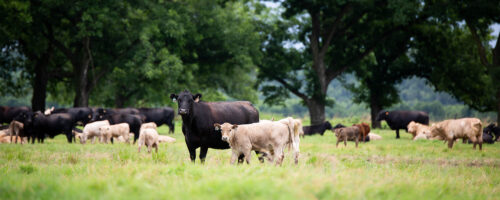
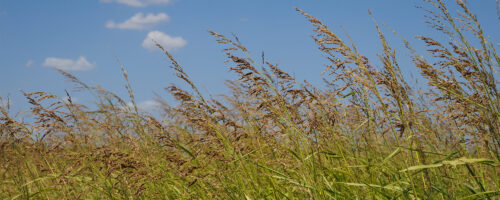
Comment